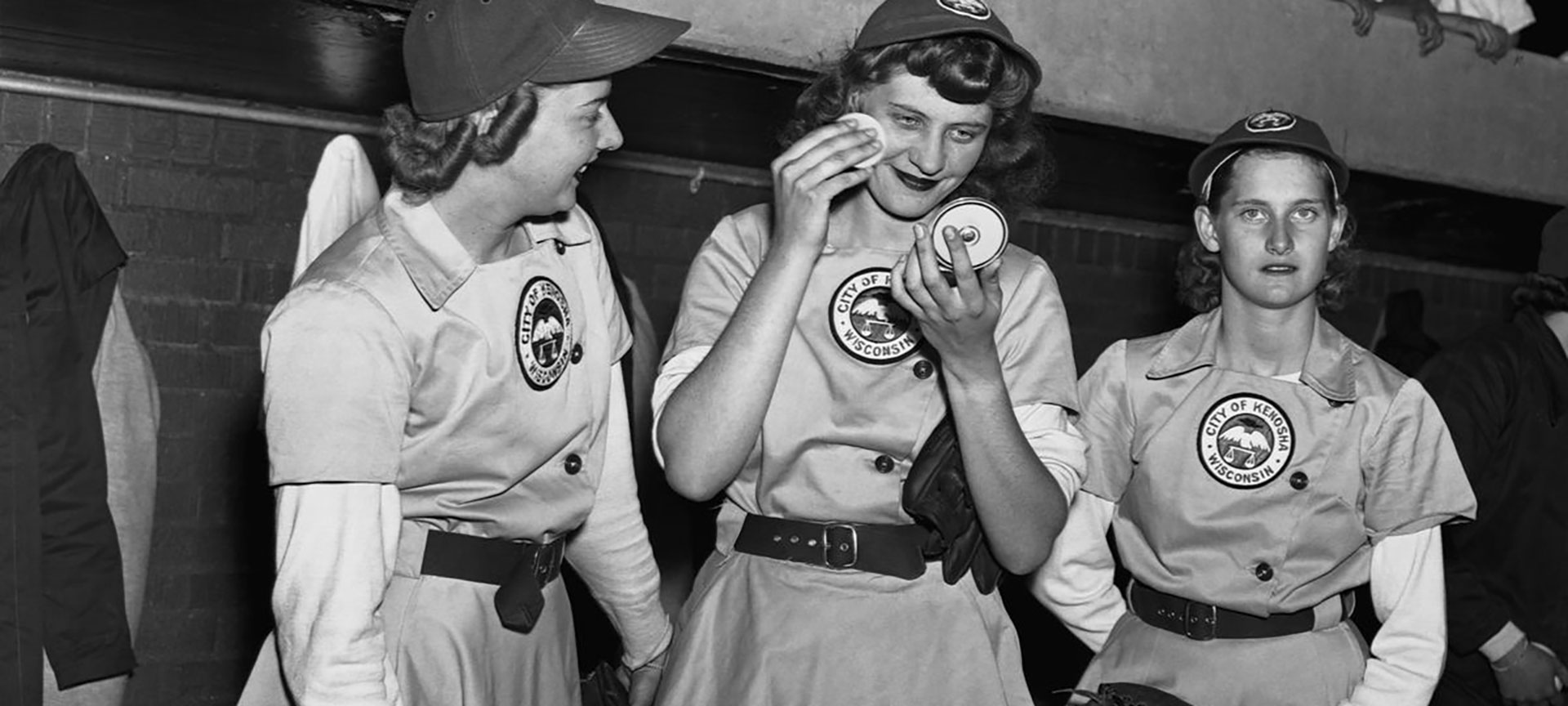Key Terms
Before beginning the lesson, post the Key Terms where the class can see them:
Ask students to read each term and provide either an example of how they’ve seen that term used or, if they haven’t seen it in use, an example of how they think it could be used in a sentence. At the conclusion of the lesson, reflection questions will allow students a second opportunity to use the Key Terms.
Abolitionist: a person who favors the abolition or end of a practice or institution, most commonly referring to slavery.
Amendment: an official change or addition to the Bill of Rights of the U.S. Constitution.
Arbitrary: based on random choice or personal whim, rather than reason or systematic rationale.
Draft (during wartime): compulsory recruitment for military service.
Enlist: enroll or be enrolled, particularly in the armed services.
Gender Roles — the role or behavior learned by a person as appropriate to their gender, determined by the prevailing cultural norms.
Misogyny — dislike of, contempt for, or ingrained prejudice against women.
Sexism — prejudice, stereotyping, or discrimination, typically against women, on the basis of sex.
Suffrage: the right to vote in political elections.
Title IX — a federal civil rights law in the U.S. that was passed as part (Title IX) of the Education Amendments of 1972. It prohibits sex-based discrimination in any school or other education program that receives federal money.
Voting Rights Act — a landmark piece of federal legislation from 1965 that prohibits racial discrimination in voting. Congress later amends the Act five times to expand its protections. Designed to enforce the voting rights guaranteed by the Fourteenth and Fifteenth Amendments to the United States Constitution, (some 95 years after these amendments were ratified) the Act aims to secure the right to vote for racial minorities throughout the country, especially in the South.
Voter Suppression — is a strategy used to influence the outcome of an election by discouraging or preventing specific groups of people from voting. The tactics of voter suppression range from minor changes that make voting less convenient, to physically intimidating and even physically attacking prospective voters, which is illegal.

